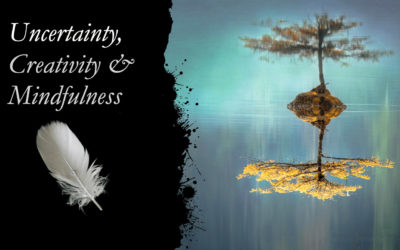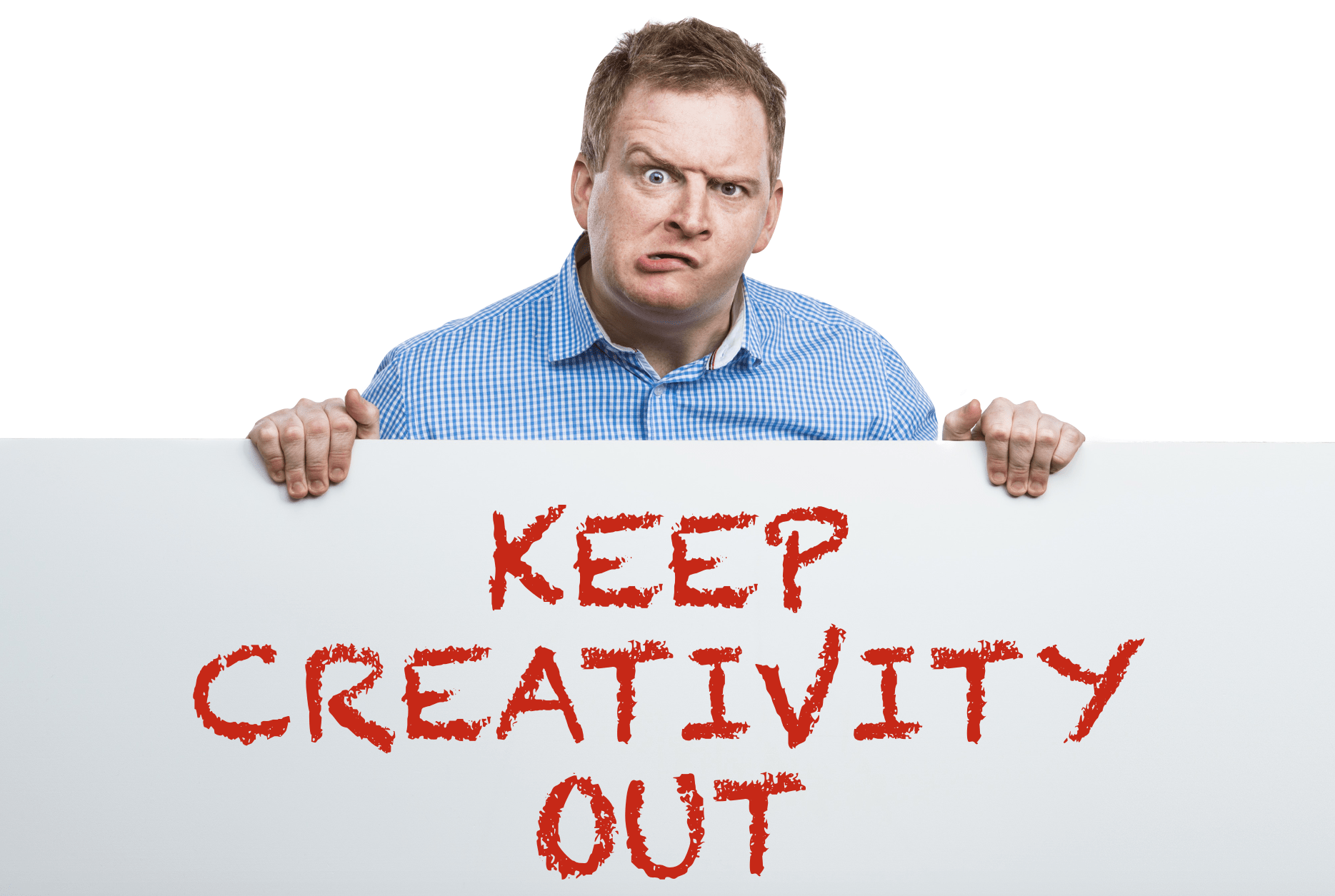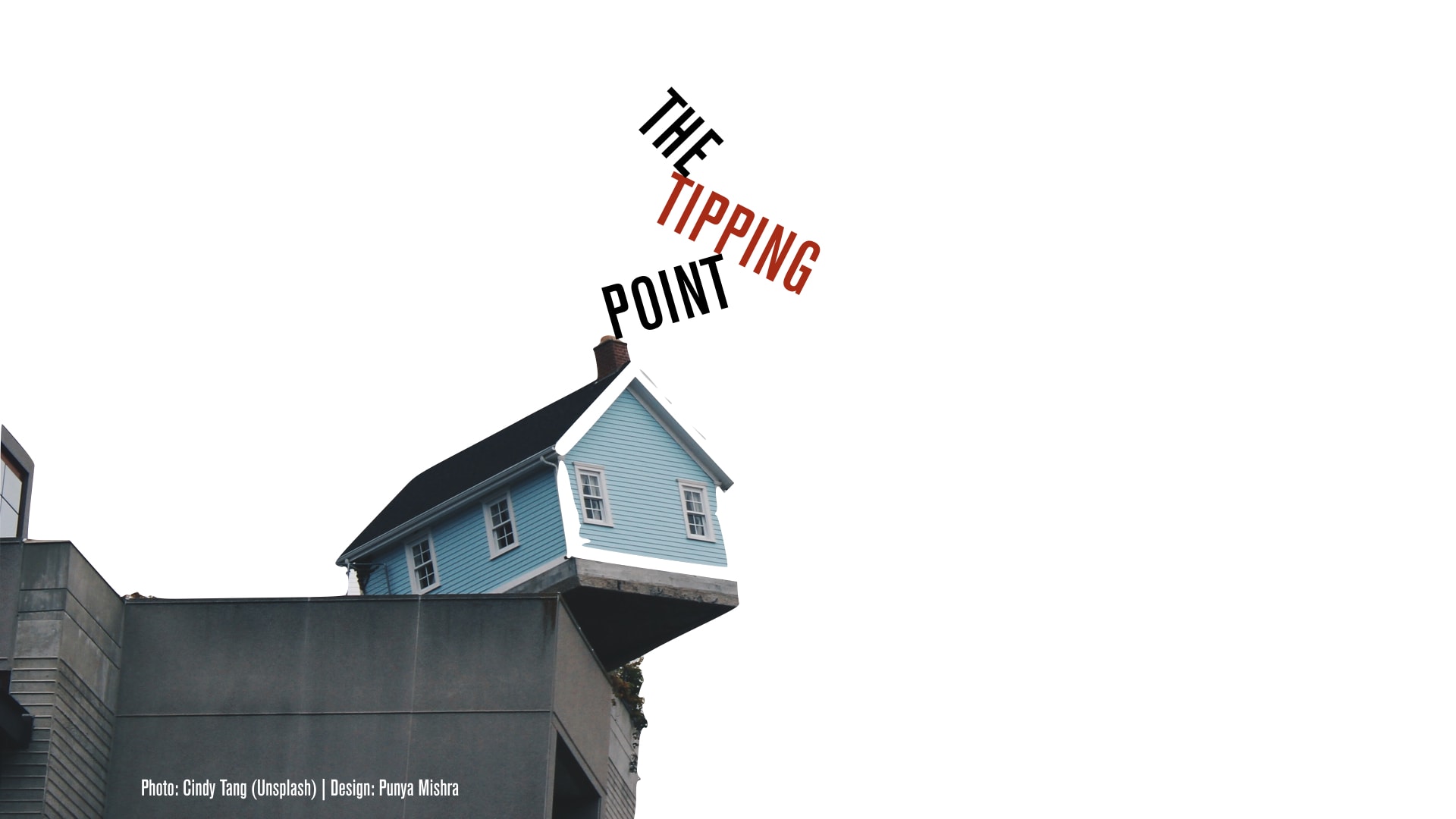I have been a fan of Banksy, the subversive British street artist, for a long time. I love the visuals he comes up with, the subversive quality of his art and most importantly his ability to take art out of the galleries into the real world. His most recent trick, during his New York residency, struck a chord deeper than ever before. Here is the description from the Huffington Post
On his website on Sunday, the artist announced that he had set up a stall along Central Park on Saturday—selling “100% authentic original signed Banksy canvases. For $60 each.” That’s right: Banksy, whose works sell for millions at auction, sold canvases for $60 on the streets of New York. And the most unbelievable part? Almost no one bought them. It was part stunt, part social experiment…
What’s ironic is that
A limited edition print of Love Is In The Air — the image of the man throwing a hand grenade of flowers, which was stationed on the center of the table — sold for $249,000 at Bonham’s last June.
And here’s the question
If people don’t know they are looking at work from a world-famous artist, do they even care?
I have written about a similar experiment conducted by the Washington Post in a blog-post titled “On beauty in banality” where people ignored the virtuoso violin player Joshua Bell when they encountered him playing his violin at a subway station!
Art, to me, if it has to have any meaning, has to to exist in our everyday lives. The fact that Banksy’s art (as well as that of Joshua Bell) was ignored when taken out of its frame tells me just how fraudulent the world of art is. People appreciate art only when it is placed on a pedestal – or in a museum.
Art, I have always believed, is everywhere. If we don’t see the beauty inherent in the design of a toilet bowl, it is irrelevant that we see it when it is placed in a museum. This is not a new idea. In another blog post titled “No excuses, veja du or don’t you” I had quoted the art critic Marco Bohr, speaking of another great artistic trickster Marcel Duchamp who had placed an urinal in a gallery, suggesting that “the perception of his urinal instillation was transformed by putting it in a gallery and calling it art.”
What Banksy and Duchamp are questioning is the manner in which we engage with and appreciate an aesthetic object only when we know that it has been labelled as being art.
Banksy’s latest trick brings home to me why I don’t like art museums. Art for me, is everywhere. In fact, the only place I think art may be absent is in art museums. Museums, one could argue, are places where art goes to die. Real art exists outside of the museums. It is inherent in our aesthetic gaze—our looking at the world as it is (not how we label it to be). If you can’t see art all around you (in cracks and in shadows) you don’t see art at all.
This to me, is the larger point being made by Banksy (and Duchamp for that matter). They are, through their games and tricks, not arguing that art is not valuable but rather pointing to the importance for each of us to develop an aesthetic, a way of looking at the world, of engaging with the world that goes beyond labels.
Duchamp had said that






“Art for me, is everywhere. In fact, the only place I think art may be absent is in art museums.” Couldn’t agree more. Gunni’s point about graffiti is very true as well – I always find myself twisting around to look at pieces thrown up on street corners yet hardly ever the inclination to visit art museums… wonder why.
Izze, I have a almost visceral dislike of being pointed to things that I HAVE to appreciate – and that’s what museums are. Of course everything needs gatekeepers – to help us navigate ALL the variety of stuff that is out there but when these gatekeepers prevent us from appreciating the “thing in the world” – that’s a problem. So I understand fully the “twisting around to look at pieces thrown up on street corners” – because to me THAT is what art and developing an aesthetic sense is all about. Take care and thanks for writing to me. I enjoyed your blog immensely. ~ punya
“Banksy’s latest trick brings home to me why I don’t like art museums. Art for me, is everywhere. In fact, the only place I think art may be absent is in art museums.”
Couldn’t be more true! And that’s the thing about street art. It’s right there, living in front of you and instead of tiptoeing through the halls of a museum, people talk open about it the cars drive by. It’s much more alive and that’s what people like about it.